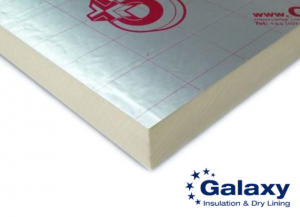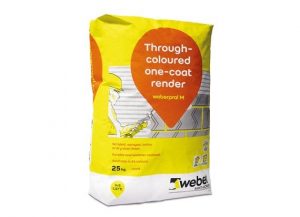Discover how advanced insulation like Celotex GA4000 and Weber Pral M can improve energy efficiency, comfort, and sustainability in buildings.
Improving building performance through advanced insulation solutions is essential for achieving energy efficiency, enhancing occupant comfort, and ensuring sustainability.
High-quality insulation materials can significantly reduce energy consumption by maintaining optimal indoor temperatures, making buildings more environmentally friendly and cost-effective.
1. The Importance of Insulation
Insulation is a critical component in the construction and retrofitting of buildings. It serves as a barrier to heat flow, which is crucial for maintaining thermal integrity and enhancing energy efficiency. Here’s why insulation matters:
- Energy Efficiency: By minimising heat transfer, insulation reduces the need for heating and cooling systems, leading to lower energy consumption and utility bills.
- Comfort: Proper insulation ensures consistent indoor temperatures, reducing drafts and cold spots, and providing a more comfortable living or working environment.
- Environmental Impact: Reducing energy usage not only saves money but also decreases the building’s carbon footprint, contributing to environmental sustainability.
- Noise Reduction: Insulation materials can also act as sound barriers, reducing noise pollution from outside and between rooms within a building.
2. Types of Insulation Materials
Choosing the right insulation material is crucial for maximising performance. Various materials offer different benefits and are suited to specific applications. Here are some of the most effective options:
- Fibreglass: Widely used and cost-effective, fibreglass insulation is made from fine glass fibres and is available in batts, rolls, and loose-fill forms. It’s known for its fire resistance and ability to fit into various spaces.
- Foam Board: These rigid panels are made from polystyrene, polyisocyanurate, or polyurethane. They provide high thermal resistance and are often used in walls, roofs, and foundations.
- Reflective Insulation: Designed to reflect radiant heat, this type of insulation is typically used in attics and roofs. It consists of reflective foils or coatings applied to a substrate material.
- Celotex GA4000: A high-performance polyisocyanurate (PIR) insulation board, celotex ga4000 offers excellent thermal resistance and is easy to install. It’s versatile and suitable for floors, walls, and roofs, making it a popular choice for modern construction.

- Mineral Wool: Made from volcanic rock or recycled slag, mineral wool insulation is non-combustible and provides excellent soundproofing and thermal properties.
3. Benefits of Advanced Insulation Solutions
Modern insulation materials and technologies provide superior performance and numerous benefits over traditional options. Here’s a look at some of the key advantages:
- Enhanced Thermal Performance: Advanced insulation materials, like Celotex GA4000, offer higher R-values per inch compared to traditional options. This means better insulation with thinner layers, saving space and improving energy efficiency.
- Ease of Installation: Many modern insulation products are designed for easy installation, reducing labour costs and time. Pre-cut sizes and adhesive-backed options simplify the process.
- Sustainability: Advanced insulation materials often incorporate recycled content and are designed to be environmentally friendly. For example, weber pral m is a one-coat, through-coloured render that not only improves insulation but also enhances the aesthetic appeal of buildings. It’s a sustainable choice that contributes to overall building performance.

- Durability: High-quality insulation materials are designed to last, providing long-term benefits without the need for frequent replacements or maintenance.
- Improved Indoor Air Quality: By preventing drafts and minimising the infiltration of outdoor pollutants, advanced insulation helps maintain a healthier indoor environment.
4. Installation Techniques
Proper installation is crucial to the effectiveness of insulation. Even the best materials can underperform if not installed correctly. Here are some essential tips for ensuring optimal installation:
- Follow Manufacturer Guidelines: Each insulation product comes with specific installation instructions. Adhering to these guidelines is vital for achieving the desired thermal performance.
- Use the Right Tools: Professional installers often use specialised tools, such as thermal imaging cameras, to identify areas that may need additional attention and ensure even coverage.
- Avoid Gaps and Compression: Insulation should fit snugly within the framing without any gaps or compression, as these can significantly reduce its effectiveness. Ensuring a tight fit helps maintain the integrity of the insulation barrier.
- Seal All Penetrations: Openings for pipes, wiring, and other utilities should be properly sealed to prevent air leakage and thermal bridging, which can undermine the insulation’s performance.
- Regular Inspections: Conducting periodic inspections of the insulation can help identify any areas that may have settled or been damaged over time, allowing for timely repairs and maintenance.
5. Cost Considerations and ROI
While advanced insulation solutions may come with a higher upfront cost, they offer substantial returns on investment (ROI) through energy savings and other benefits. Here’s how to evaluate the cost-effectiveness of insulation:
- Energy Savings: The primary financial benefit of insulation is the reduction in energy bills. Over time, the savings can significantly offset the initial installation costs.
- Increased Property Value: Well-insulated buildings are often more attractive to buyers and renters, leading to higher property values and rental rates. This can be a significant advantage for property owners and investors.
- Long-Term Durability: High-quality insulation materials, like Celotex GA4000 and Weber Pral M, are designed to last, reducing the need for frequent replacements or repairs. This durability translates into lower maintenance costs over the life of the building.
- Government Incentives: Many regions offer incentives and rebates for energy-efficient upgrades, including insulation. These incentives can help offset the initial costs and improve the overall ROI.
- Environmental Impact: Investing in advanced insulation contributes to reducing the building’s carbon footprint, aligning with sustainability goals and potentially qualifying for green building certifications.
Conclusion
Advanced insulation solutions are integral to enhancing building performance. By selecting the right materials and ensuring proper installation, significant energy savings, improved comfort, and environmental sustainability can be achieved.
Products like Celotex GA4000 and Weber Pral M demonstrate the innovative options available today, offering both functional and aesthetic advantages. Investing in high-quality insulation is a strategic decision that yields multiple long-term benefits.
Author Bio:
Cinthia Rosa
As an Insulation Expert at Galaxy Insulation and Dry Lining, UK, Cinthia’s contribution to the company’s growth has been invaluable. She has amassed abundant knowledge and technical know-how regarding insulation products, which she consistently shares with the masses through engaging and informative blogs.
https://www.linkedin.com/company/galaxy-insulation-and-dry-lining-ltd/







